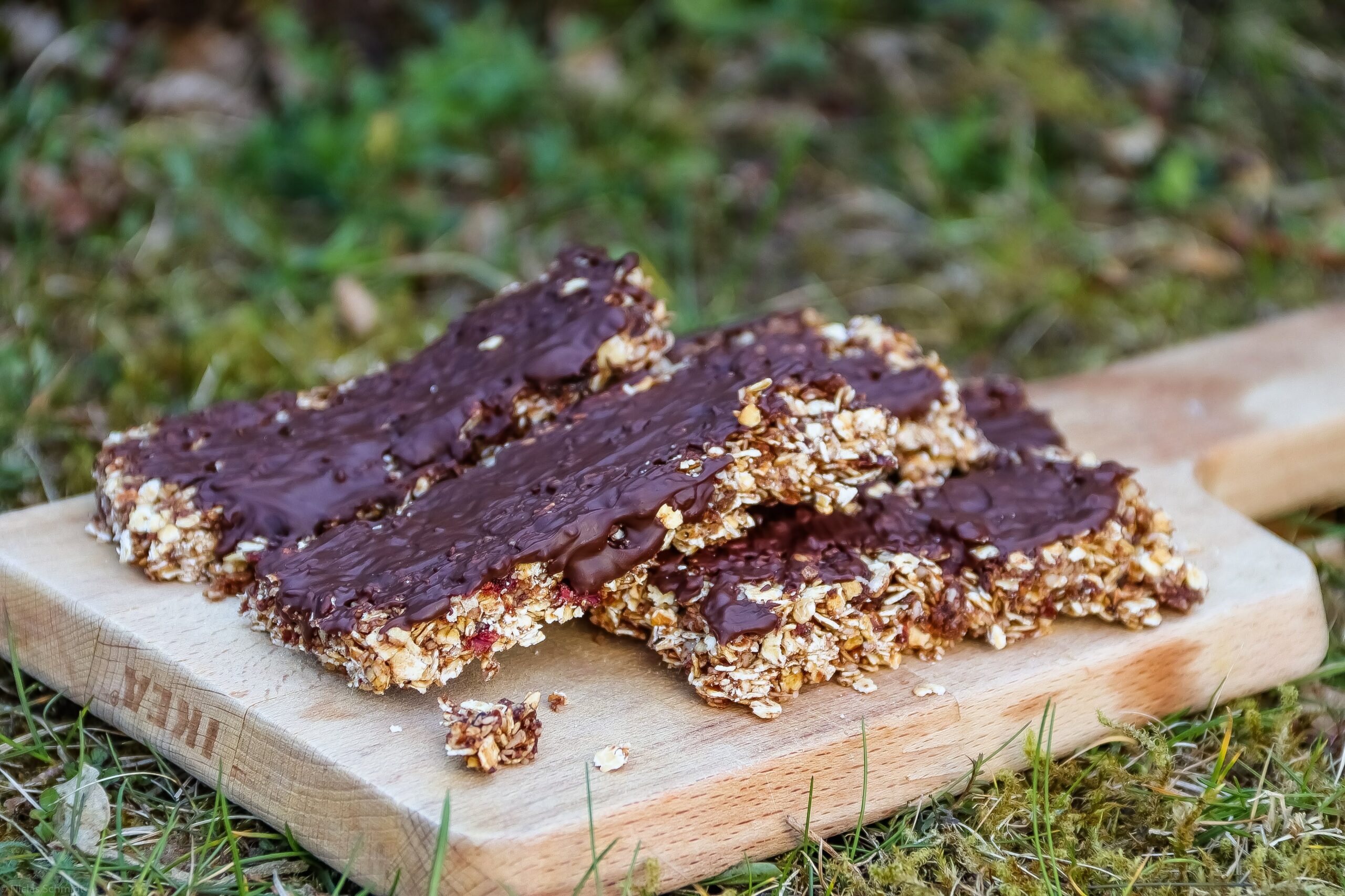Getty Images / Larry Washburn
Chocolate is one of the most popular sweets on the market – and is said to put you in a good mood, at least in small quantities. Stiftung Warentest, Öko-Test and others have already put chocolate to the test. The results are sometimes fatal. An overview.
Chocolate not only tastes really good, for many, enjoying chocolate also puts them in a good mood. One of the reasons: Chocolate contains, among other things, tryptophan – and the breakdown of this substance produces serotonin, which is also known as the "happiness hormone".
However, it has not yet been conclusively clarified which substances work together in which way and which reactions they actually cause in the body. Some scientists also assume that it is the mix of taste, smell and texture that makes chocolate so enticing.
However, what has been examined several times in detail are the ingredients that are in the usual supermarket and discounter chocolate. And sometimes they are frightening.
Chocolate test at Öko-Test
Öko-Test, for example, recently sent 25 milk chocolates to the laboratory in issue 12/2019 and examined them for critical ingredients. The result: only two of the 25 chocolates received an Öko-Test recommendation. The reason is, among other things, mineral oil components that could be detected in 24 chocolates.
In addition, cocoa is grown under dire circumstances. Öko-Test therefore asked the chocolate manufacturers about the supply chain. However, 22 manufacturers refused to disclose this.
The only two types of chocolate that were rated "good" are "Rapunzel Dark Whole Milk" and "Ritter Sport Alpenmilch".
The test is older, but anyone who now believes that the manufacturers have made improvements should scale back their hopes: Öko-Test not only tested chocolate in 2019, but also in 2017. The result was similarly devastating.
You can find more about the Öko-Test chocolate test in our extensive report.
See Rapunzel chocolate on Amazon
Chocolate test at Stiftung Warentest
But not only Öko-Test checks chocolate from time to time, Stiftung Warentest also recently sent chocolate to the laboratory for issue 12/2018. However, Stiftung Warentest does not judge chocolate quite so harshly. Of the 25 types of chocolate tested, 15 scored "good", 9 "satisfactory" and only one "sufficient".
The best cut was "Die Gute Schokolade", second place was shared by "Marabou Mjölk Choklad King Size", "Merci Edel-Rahm Milk Chocolate" and "Milka Alpenmilch". Stiftung Warentest also finds pollutants, but does not rate the concentration as critical. Even chocolate contaminated with the heavy metal nickel still receives a "sufficient" on the grounds that the amount per bar of chocolate is harmless.
You can find out more details in our comprehensive report on the test by Stiftung Warentest.
Watch the Good Chocolate on Amazon
Chocolate test with consumers
The Austrian equivalent of Stiftung Warentest is the magazine Verbraucher (Association for Consumer Information (VKI)). The magazine recently tested 20 dark chocolates for the 11/2016 issue. The result is similar here too: 9 varieties received the grade "good", 4 cut off "average", two "less satisfactory" and 5 "unsatisfactory".
The "GEPA Tender Bitter 70%" variety ranked first overall. "Alnatura Feine Bitter" followed in second place and "Lindt Excellence Mild 70%" in third place.
"Merci Edelbitter 72%", "Berger Edelbitter" and Choceur 75% Cacao" did very poorly. Here, too, mineral oil residues and traces of aluminum and cadmium were problematic.
Not a single chocolate in the test was really free of harmful substances. Consumers also point out the critical trade.



